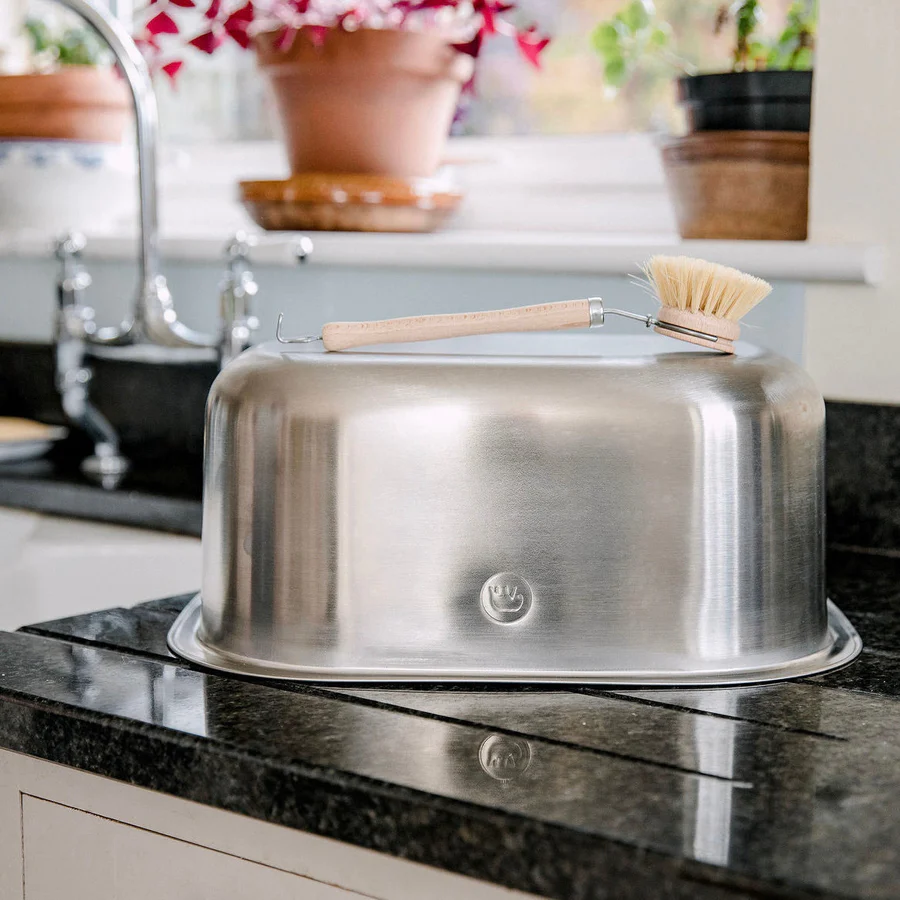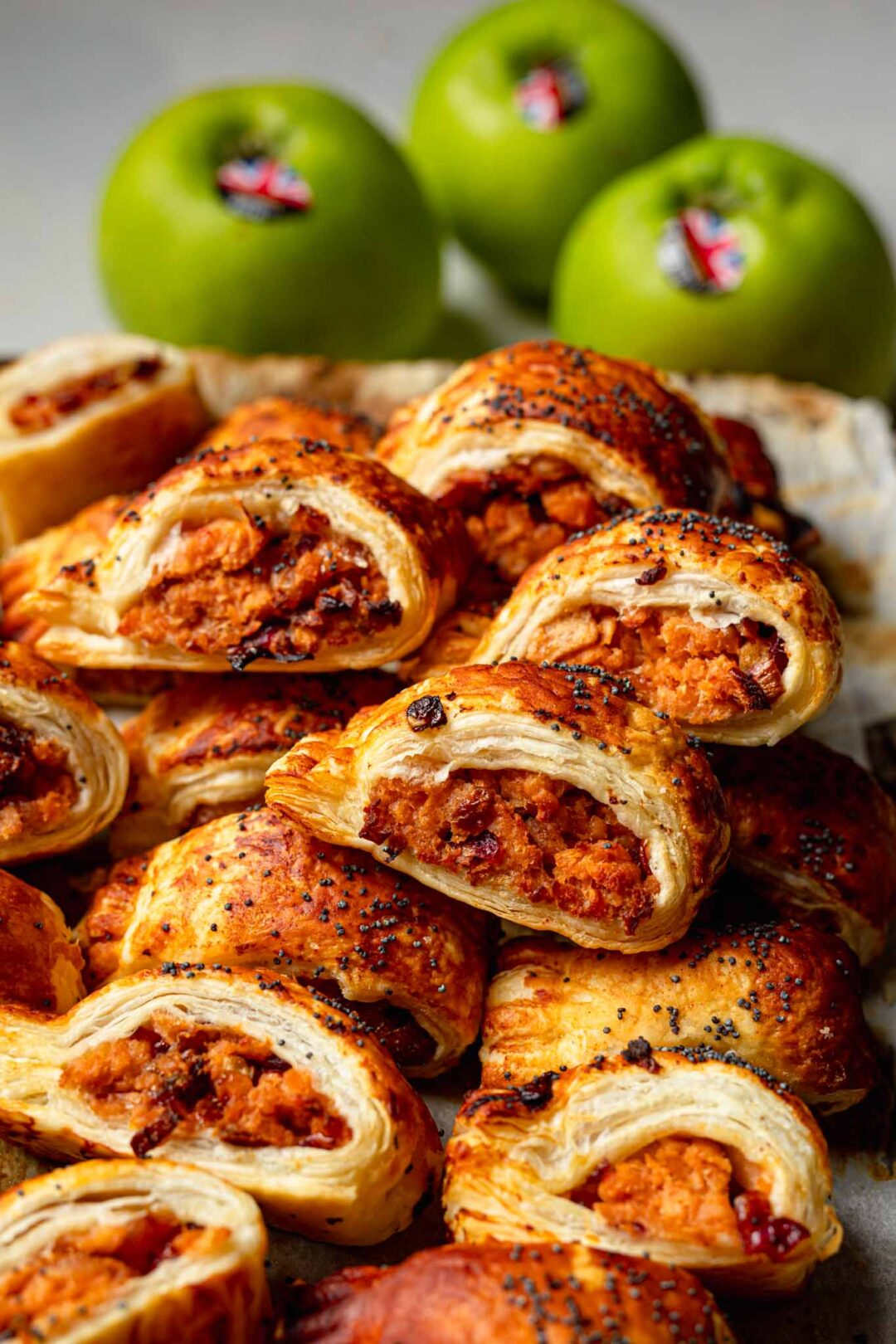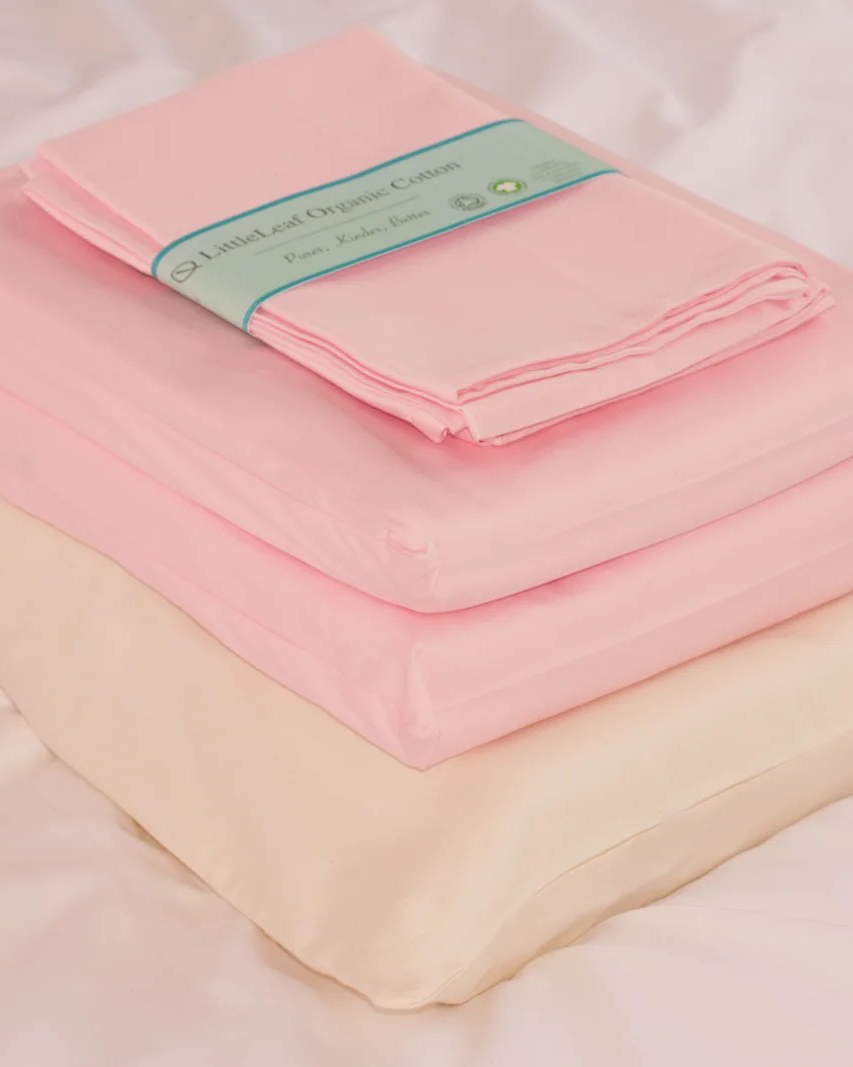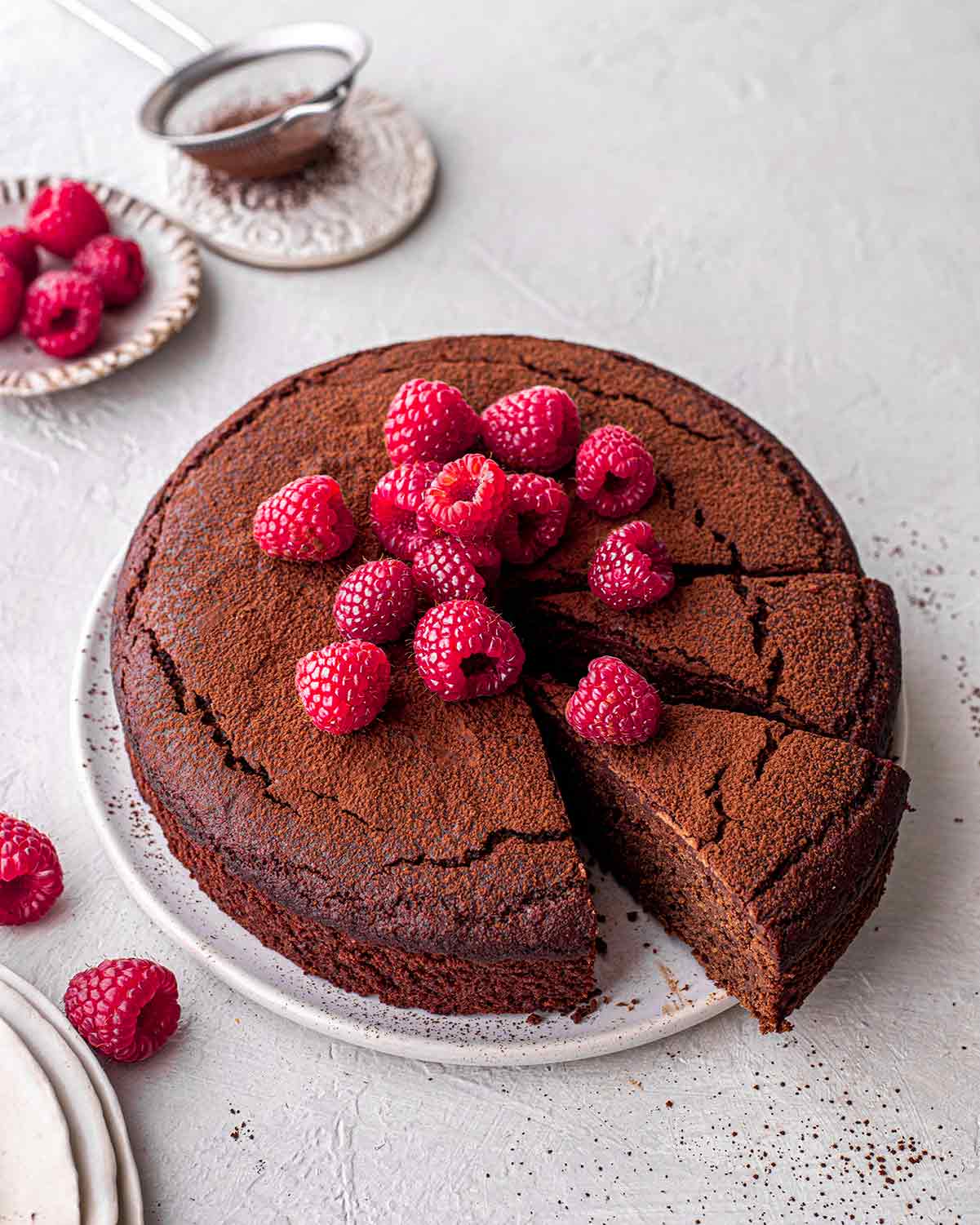A Stainless Steel Washing-up Bowl

Instead of plastic bowls that support the oil industry and go mouldy and slimy, invest in a lifetime of use stainless steel washing-up bowl (also in orange).
Choose unscented biodegradable dishwash liquid for pregnancy/nursing, affected medical conditions and if washing baby or pet bowls (citrus is toxic to pets).

This has a non-porous surface to wipe off food residue, and is heat-resistant and is easily recycled, at end of life. Stainless steel does not absorb stains or smells. just wash with mild soap, then rinse and wipe dry. Remove water marks with a cleaning vinegar and water mix, then a quick rinse.






